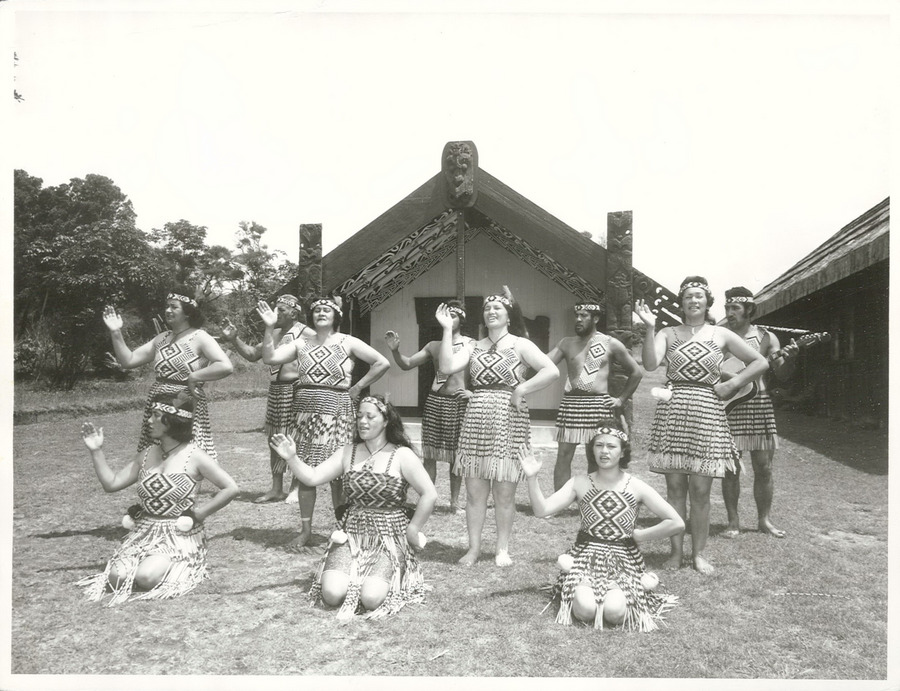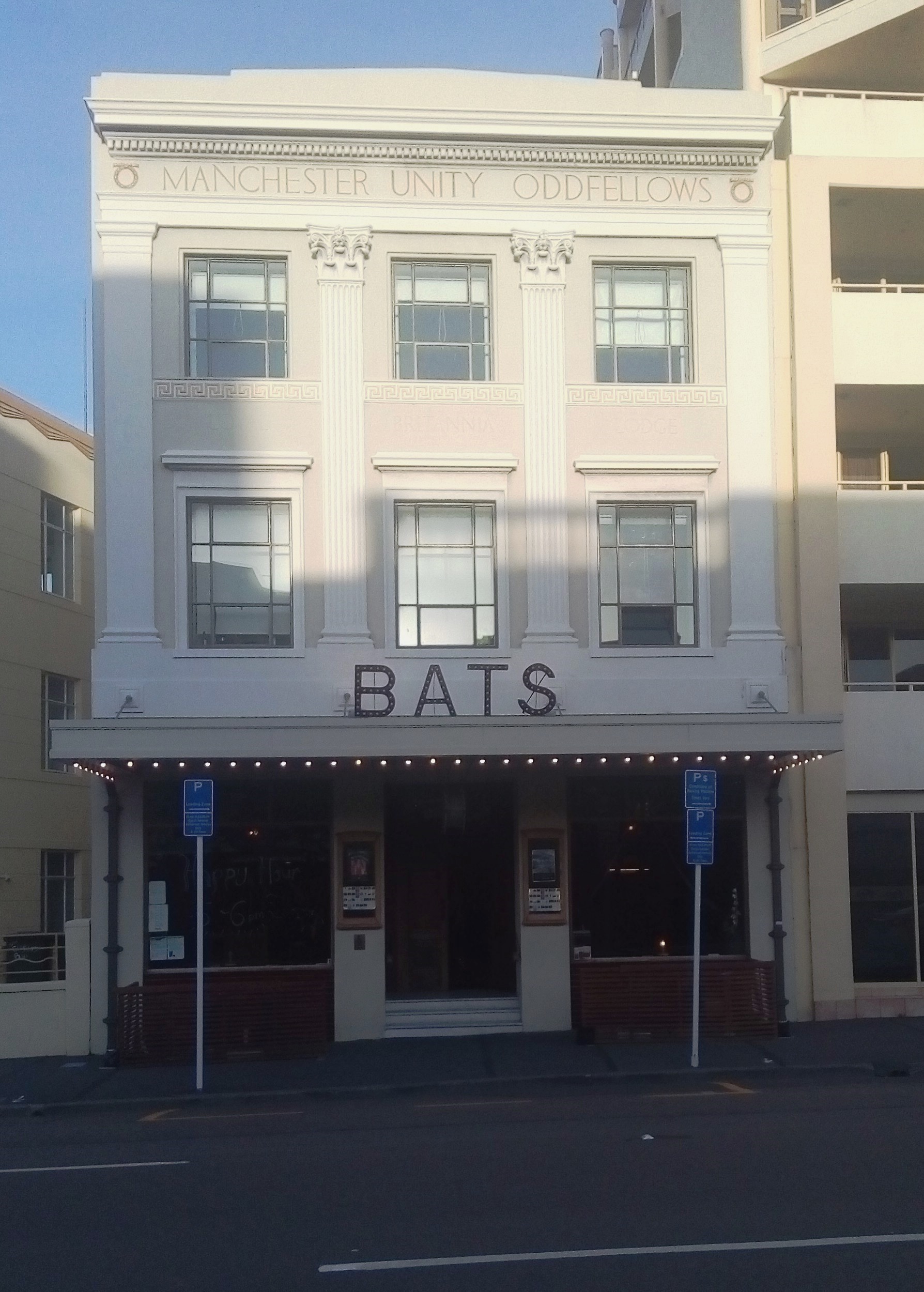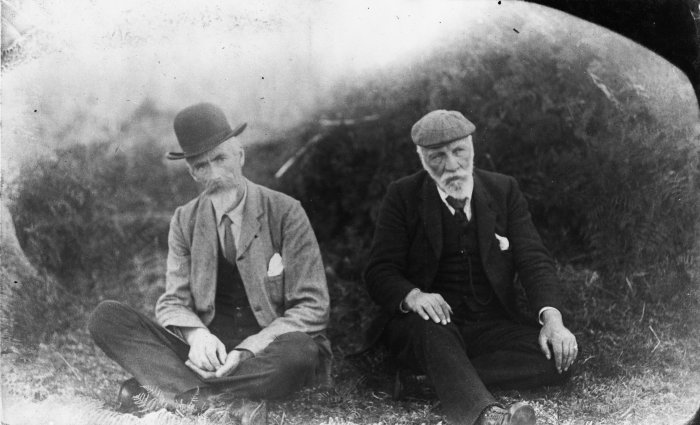|
Helen Pearse-Otene
Helen Pearse-Otene is a New Zealand Māori playwright, film actor, author and psychologist. Biography Pearse-Otene grew up in South Auckland, New Zealand. She studied at Victoria University of Wellington and Toi Whakaari, and holds a master's degree and a PhD from Massey University. She is a registered psychologist. She is affiliated to Ngāti Rongomaiwahine, Ngāti Kahungunu, Ngāpuhi, Te Rarawa, Ngāti Kuri and Ngāti Ruanui iwi. In 1989 her partner Jim Moriarty was one of the founders of a theatre company called Te Rākau Hua o te Wao Tapu, which works in prisons, youth residential homes and on marae; Pearse-Otene joined the company in 1999. It is New Zealand’s longest-running independent Māori theatre company. Her theatre practice has been influenced by Te Rākau's kaupapa Māori, founded on the principles of Te Tiriti o Waitangi and influenced by features of Bertolt Brecht's Epic Theatre, such as direct address, minimal technology and the aim of social change, also a ... [...More Info...] [...Related Items...] OR: [Wikipedia] [Google] [Baidu] |
Massey University
Massey University ( mi, Te Kunenga ki Pūrehuroa) is a university based in Palmerston North, New Zealand, with significant campuses in Albany and Wellington. Massey University has approximately 30,883 students, 13,796 of whom are extramural or distance-learning students, making it New Zealand's second largest university when not counting international students. Research is undertaken on all three campuses, and more than 3,000 international students from over 100 countries study at the university. Massey University is the only university in New Zealand offering degrees in aviation, dispute resolution, veterinary medicine, and nanoscience. Massey's veterinary school is accredited by the American Veterinary Medical Association and is recognised in the United States, Australia, Canada, and Britain. Massey's agriculture programme is the highest-ranked in New Zealand, and 19th in Quacquarelli Symonds' (QS) world university subject rankings. Massey's Bachelor of Aviation (Air Transp ... [...More Info...] [...Related Items...] OR: [Wikipedia] [Google] [Baidu] |
Kapa Haka
Kapa haka is the term for Māori action songs and the groups who perform them. It literally means 'group' () and 'dance' (). Kapa haka is an important avenue for Māori people to express and showcase their heritage and cultural Polynesian identity through song and dance. Modern kapa haka traces back to pre-European times where it developed from traditional forms of Māori performing art; haka, (weaponry), (ball attached to rope or string) and (traditional Māori songs). There is a regular national kapa haka competition currently called Te Matatini that has been running since 1972. A kapa haka performance involves choral singing, dance and movements associated with the hand-to-hand combat practised by Māori in mainly precolonial times, presented in a synchronisation of action, timing, posture, footwork and sound. The genre evolved out of a combination of European and Māori musical principles. The current form relates to kapa haka concert groups that first appeared in the 1 ... [...More Info...] [...Related Items...] OR: [Wikipedia] [Google] [Baidu] |
The Museum Of New Zealand
''The'' () is a grammatical article in English, denoting persons or things that are already or about to be mentioned, under discussion, implied or otherwise presumed familiar to listeners, readers, or speakers. It is the definite article in English. ''The'' is the most frequently used word in the English language; studies and analyses of texts have found it to account for seven percent of all printed English-language words. It is derived from gendered articles in Old English which combined in Middle English and now has a single form used with nouns of any gender. The word can be used with both singular and plural nouns, and with a noun that starts with any letter. This is different from many other languages, which have different forms of the definite article for different genders or numbers. Pronunciation In most dialects, "the" is pronounced as (with the voiced dental fricative followed by a schwa) when followed by a consonant sound, and as (homophone of the archaic ... [...More Info...] [...Related Items...] OR: [Wikipedia] [Google] [Baidu] |
Wellington
Wellington ( mi, Te Whanganui-a-Tara or ) is the capital city of New Zealand. It is located at the south-western tip of the North Island, between Cook Strait and the Remutaka Range. Wellington is the second-largest city in New Zealand by metro area, and is the administrative centre of the Wellington Region. It is the world's southernmost capital of a sovereign state. Wellington features a temperate maritime climate, and is the world's windiest city by average wind speed. Legends recount that Kupe discovered and explored the region in about the 10th century, with initial settlement by Māori iwi such as Rangitāne and Muaūpoko. The disruptions of the Musket Wars led to them being overwhelmed by northern iwi such as Te Āti Awa by the early 19th century. Wellington's current form was originally designed by Captain William Mein Smith, the first Surveyor General for Edward Wakefield's New Zealand Company, in 1840. The Wellington urban area, which only includes urbanised ar ... [...More Info...] [...Related Items...] OR: [Wikipedia] [Google] [Baidu] |
BATS Theatre
BATS Theatre is a theatre venue in Wellington, New Zealand. Initially founded as the Bats Theatre Company in 1976, then established in its current form in 1989. BATS Theatre has seen the development of many performing arts talents of New Zealand. History Bane Austin Touring Society (BATS) The BATS Theatre Company was founded in 1976 by Rodney Bane and David Austin. BATS is an acronym of "Bane Austin Touring Society". Initial plans were to tour one-act plays in Wairarapa, Manawatu and Wellington. Bane and Austin took over the current building at 1 Kent Terrace in the late 1970s and the building was renamed BATS Theatre in 1979. BATS Theatre By the 1980s, Bane and Austin had moved on to other things, BATS Theatre venue became a space that could be leased and was 're-opened as a professional theatre' in 1989 by Simon Bennett (director) and Simon Elson after months of renovations. Bennet went on to become a television director including Shortland Street and Power Rangers. Be ... [...More Info...] [...Related Items...] OR: [Wikipedia] [Google] [Baidu] |
John Broughton (dentist)
John Renata Broughton (born 1947) is a New Zealand academic. He is Māori, of Ngāi Tahu and Ngāti Kahungunu descent, and since 2012 has been a full professor at the University of Otago. Early life and family Broughton was born in Hastings in 1947, the son of Leonard Broughton, from Ngāti Kahungunu who graduated from the University of Otago in medicine in 1944, and Margaret Evans, who was the granddaughter of Tame Parata. He was educated at Hastings Boys' High School, and went on to study microbiology at Massey University, graduating Bachelor of Science in 1971. Between 1972 and 1973, Broughton worked on haka boogie at the Polynesian Cultural Center on Oahu in Hawaii, and then returned to New Zealand, studying dentistry at the University of Otago. He graduated with a Bachelor of Dental Surgery in 1977, and worked as a dental house surgeon at Dunedin Hospital. He joined the New Zealand Territorial Force, and was commissioned as an officer in 1977; in 1992 he was awarded t ... [...More Info...] [...Related Items...] OR: [Wikipedia] [Google] [Baidu] |
Colonization
Colonization, or colonisation, constitutes large-scale population movements wherein migrants maintain strong links with their, or their ancestors', former country – by such links, gain advantage over other inhabitants of the territory. When colonization takes place under the protection of Colonialism, colonial structures, it may be termed settler colonialism. This often involves the settlers dispossessing Indigenous peoples, indigenous inhabitants, or instituting legal and other structures which disadvantage them. Colonization can be defined as a process of establishing foreign control over target territory, territories or people, peoples for the purpose of colonialism, cultivation, often by establishing Colony, colonies and possibly by settling them. In colonies established by Western European countries in the Americas, Australia, and New Zealand, settlers (supplemented by Central European, Eastern European, Asian, and African people) eventually formed a large majority of ... [...More Info...] [...Related Items...] OR: [Wikipedia] [Google] [Baidu] |
Aotearoa
''Aotearoa'' () is the current Māori-language name for New Zealand. The name was originally used by Māori in reference to only the North Island, with the name of the whole country being ''Aotearoa me Te Waipounamu'' ("North Island and South Island"). In the pre-European era, Māori did not have one name for the country as a whole. Several meanings for Aotearoa have been proposed for the name; the most popular translation usually given is "land of the long white cloud", or variations thereof. This refers to the cloud formations which helped early Polynesian navigators find the country. Beginning in the late 20th century, ''Aotearoa'' has become widespread in the bilingual names of national organisations and institutions. Since the 1990s, it has been customary for particular parties to sing the New Zealand national anthem, "God Defend New Zealand" (or "Aotearoa"), in both Māori and English, exposing the name to a wider audience. New Zealand English speakers pronounce the wo ... [...More Info...] [...Related Items...] OR: [Wikipedia] [Google] [Baidu] |
Kāinga
A kāinga ( Southern Māori ''kaika'' or ''kaik'') is the traditional form of village habitation of pre-European Māori in New Zealand. It was unfortified or only lightly fortified, and over time became less important to the well-defended pā. Description Kāinga were generally unfortified or only lightly fortified, as opposed to the well-defended pā. They were generally coastal, and often found near to a river mouth. The settlement was generally occupied by members of one ''hapū'' (sub-tribe), which would identify itself with the nearest mountain and river (even in modern Māori, when meeting someone new, "what is your mountain?" is not an unusual question). Kāinga were often regarded as only semi-permanent settlements, and they were often abandoned. Reasons for abandonment included invasion by other iwi or resource shortages. Traditionally, Māori were often semi-nomadic, with entire communities moving at harvest or to hunt, using the kāinga as a stable home base. An entir ... [...More Info...] [...Related Items...] OR: [Wikipedia] [Google] [Baidu] |
Pōwhiri
A pōwhiri (called a pōhiri in eastern dialects, and pronounced in the Taranaki-Whanganui area) is a Māori welcoming ceremony involving speeches, cultural performance, singing and finally the '' hongi''. It is used to both welcome guests onto a marae or during other ceremonies, such as during a dedication of a building (where the owners or future users of the building might be welcomed). A pōwhiri may not be performed for every group of manuhiri (visitors); a ''mihi whakatau'' ("informal greeting to visitors") may be used instead. A pōwhiri is often used for special visitors or for ''tūpāpaku'' (the body of the deceased) for a tangihanga (funeral). However, a pōwhiri are also often performed for tourist groups as part of special events. For most non-Māori speakers the ''wero'', an aggressive challenge of the visitor at the beginning of the ceremony, is the most spectacular part of pōwhiri. During this part of the ceremony, three Māori warriors will advance cautiously t ... [...More Info...] [...Related Items...] OR: [Wikipedia] [Google] [Baidu] |
Tangihanga
''Tangihanga'', or more commonly, ''tangi'', is a traditional Māori funeral rite held on a marae. While still widely practised, it is not universally observed in modern times. Each iwi (tribe/nation) differs on how they honour those who pass. ''Tangihanga'' generally take three days with burial on the third day. From the moment of death, the (body of the deceased) is rarely alone. The is transported (usually from a hospital and via a funeral home) to the marae. There they are welcomed with a and will lie in state for at least two nights, usually in an open coffin, in the . Throughout the tangihanga, the is flanked by the (the bereaved family) (sometimes called the or mourners), who take few and short breaks, dress in black, and sometimes wreath their heads in kawakawa leaves. Around the coffin, flowers and photographs of deceased relatives are placed. Visitors come during the day, sometimes from great distances despite only a distant relationship, to address the deceased. ... [...More Info...] [...Related Items...] OR: [Wikipedia] [Google] [Baidu] |
Don Selwyn
Don Charles Selwyn (22 November 1935 – 13 April 2007) was a Māori actor and filmmaker from New Zealand. He was a founding member of the New Zealand Māori Theatre Trust and directed the 2002 film '' Te tangata whai rawa o Weneti (The Maori merchant of Venice)'', the first Māori language feature film with English subtitles. Life Born of Ngāti Kurī and Te Aupōuri descent, Selwyn grew up in Taumarunui and began his professional life as a teacher. In 1967 Selwyn acted in ''The Golden Lover'' at Downstage Theatre directed by Richard Campion alongside Wi Kuki Kaa and Bob Hirini. Also on stage produced by Downstage Theatre and directed by Campion and designed by Raymond Boyce, Selwyn was in ''Othello'' with a cast of 17 including Peter Vere-Jones and Elric Hooper in 1976. It was so popular it transferred to the Opera House. He appeared in an episode of Ngaio Marsh Theatre in 1977. In 1984 he began a film and television training course for Māori and Pacific Islanders ''He ... [...More Info...] [...Related Items...] OR: [Wikipedia] [Google] [Baidu] |


.png)





